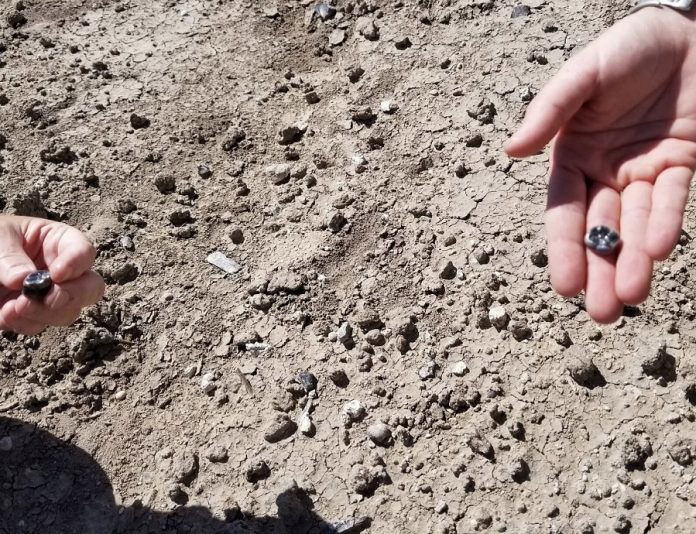
An international team of scientists has made an extraordinary discovery in Ethiopia’s Ledi-Geraru region: new fossils that suggest early humans and another ancient relative, Australopithecus, lived side by side between 2.6 and 2.8 million years ago.
Among the fossils is evidence of a previously unknown species of Australopithecus—adding yet another branch to the already “bushy tree” of human evolution.
The findings, published in Nature, are part of the Ledi-Geraru Research Project, which has already produced groundbreaking discoveries, including the earliest known jawbone from the genus Homo and the world’s oldest Oldowan stone tools.
This time, the key fossils were 13 teeth—simple but powerful clues to the lives of our ancestors. Some belonged to early members of Homo, while others belonged to a new kind of Australopithecus, distinct from the famous Australopithecus afarensis (best known as “Lucy”).
Scientists confirmed that Lucy’s species does not appear in the fossil record after 2.95 million years ago.
“This discovery changes how we think about human evolution,” said Kaye Reed, a paleoecologist at Arizona State University and co-director of the project. “The idea of a straight line from ape to Neanderthal to modern human is wrong.
Evolution is not a ladder—it’s more like a bush, with multiple species living at the same time, some of which eventually disappeared.”
The Homo fossils were described by lead author Brian Villmoare, an ASU alumnus, who said they confirm how ancient our lineage truly is. “We know what the earliest Homo teeth and jaw look like, but that’s about it,” he explained. “We need more fossils to understand the differences between Homo and Australopithecus and how they overlapped in this part of Africa.”
But how do scientists know these teeth are nearly three million years old? The answer lies in Ethiopia’s volcanic history. The Afar region, where the fossils were found, has long been shaped by tectonic forces and volcanic eruptions. When volcanoes erupt, they scatter ash filled with tiny crystals called feldspars. These crystals can be precisely dated. By examining volcanic ash layers above and below where the fossils were buried, geologists can determine the age of the fossils with remarkable accuracy.
Back when these ancient humans and Australopithecus lived, the Ledi-Geraru region looked very different. Today, it is a dry, faulted landscape of rocky badlands. But millions of years ago, it was lush, with rivers winding across grasslands and shallow lakes that expanded and shrank with time. This environment provided food, water, and challenges for early species of hominins, who may have crossed paths daily.
Now, the research team is studying the tooth enamel to learn what these species ate. Were they competing for the same food sources? Did they share the same environments peacefully, or was there rivalry? These are questions that can only be answered with more discoveries.
“Whenever paleontologists find something this exciting, we know it’s only the beginning,” said Reed. “We need more fossils to piece together the story of who our ancestors were, how they lived, and why we are the ones who survived.”
The team behind the discovery includes scientists from around the world, many of them based at Arizona State University.
For more than two decades, the Ledi-Geraru site has been offering glimpses into humanity’s deep past. With each new find, it becomes clearer that the story of human evolution is far more complex—and far more fascinating—than a simple march from apes to humans.
Source: Arizona State University.



